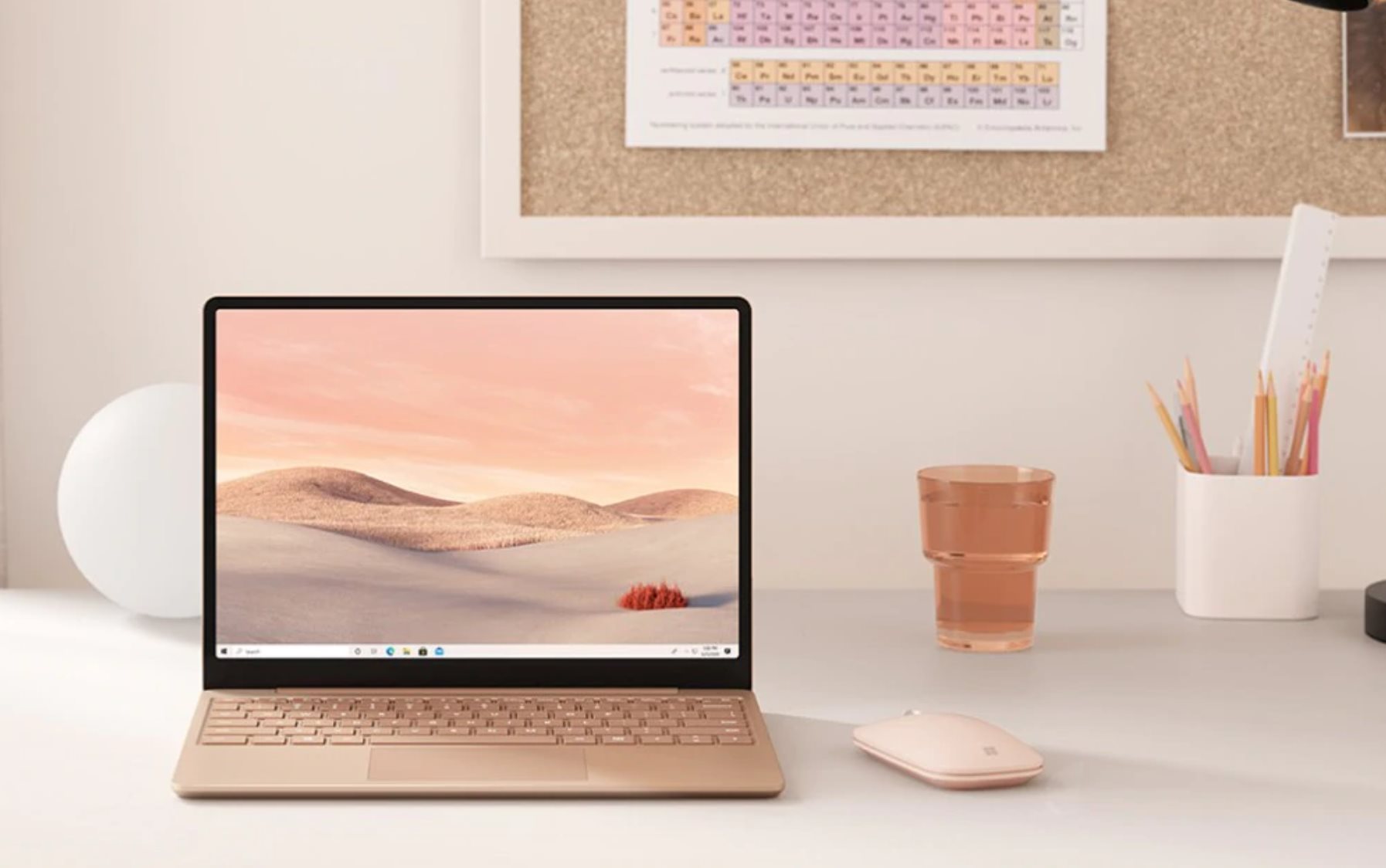

Like other Surface laptops, this panel has a 3:2 aspect ratio, which makes it physically taller than typical 16:9 notebook displays. AdvertisementĪlso the same with each model is the 12.4-inch touch display. That’s good for the Surface Laptop Go’s long-term viability, as is the notebook’s Bluetooth 5.0 support. Having Ice Lake also means support for Wi-Fi 6 via Intel’s AX201 module. Still, this is a solid CPU for this type of ultra-portable device, one that is generally more capable than the Y-series chips found in the Surface Go 2.

This is a 10 th-generation Intel processor at a time when the chipmaker is just introducing its 11 th-gen platform, and there’s no AMD Ryzen option as we saw with the 15-inch Surface Laptop 3. Alongside the CPU is Intel’s integrated UHD Graphics G1. It has a base clock speed of 1GHz, which is low but lessens power consumption, and can boost up to 3.6GHz when required. All three models, however, are equipped with Intel’s Core i5-1035G1, a 15W processor with four cores and eight threads based on Intel’s “Ice Lake” microarchitecture. There are three configurations available for the Surface Laptop Go, with a big divide between the entry-level model and the two higher-priced options. (Ars Technica may earn compensation for sales from links on this post through affiliate programs.)


 0 kommentar(er)
0 kommentar(er)
